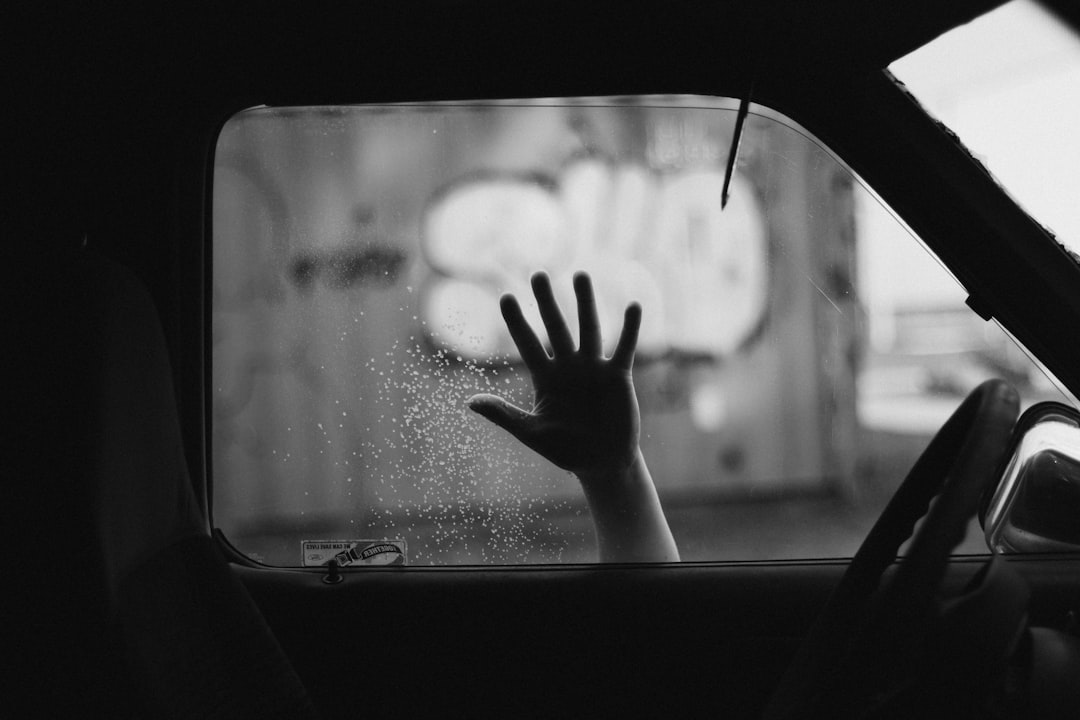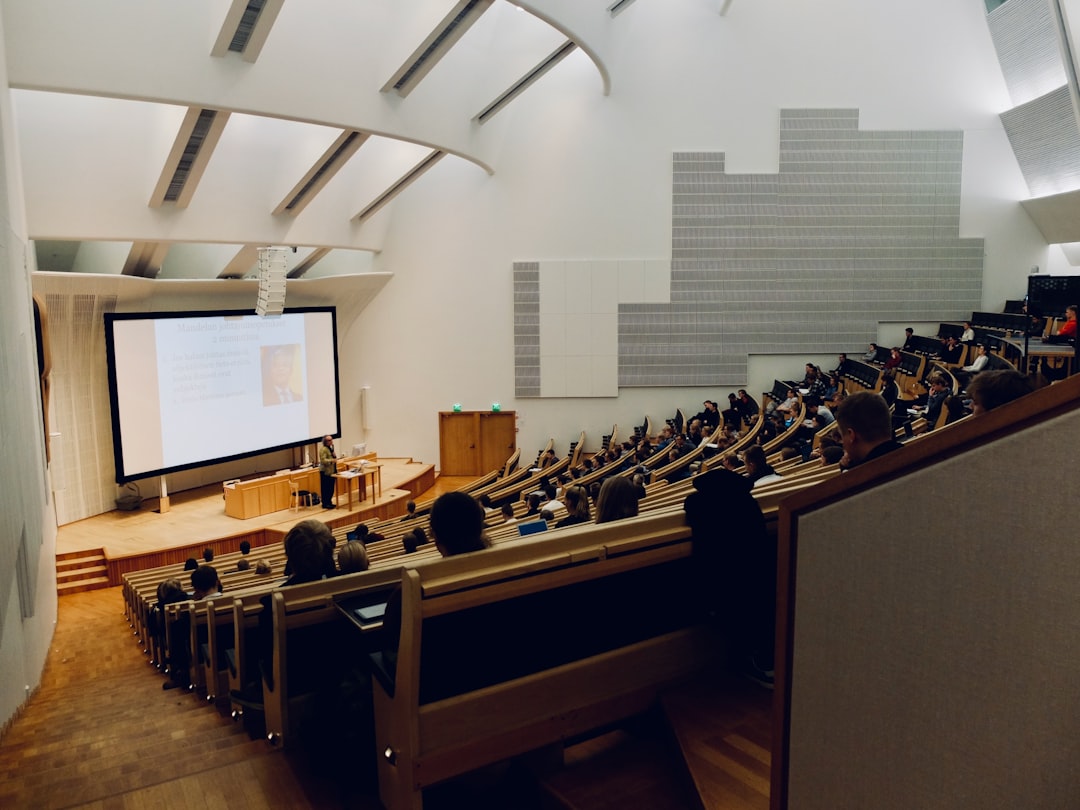What is it about?
Creative artists must learn to identify the right mentors in their interactions with various external roles, which may include another influencing author, colleague or editor. The right mentor will help position the artist to arrive at a polished product.
Featured Image
Why is it important?
A bad or repressive mentor, or person of influence, is dangerous to the artist and may stifle creative energy. It is crucial that artists find their own practical solutions to help them circumvent those who collapse their self-esteem, who make them ‘feel ugly’.
Perspectives
In doing my PhD as a creative writer I experienced the duality of artist and scholar in action research. The diverse disciplines in the arts add complexities, particularly in doctoral settings where the artist must create art while unearthing knowledge in scholarly terms. It became imperative to identify the right 'mentor' in another author, a supervisor, a peer reviewer, an editor—all seemingly non-collaborative participants—whose association is crucial to locating and asserting the best form of my work. Visit my website: www.eugenbacon.com Limited free downloads available. To read my article, copy and paste this eprint link into a web browser: http://www.tandfonline.com/eprint/IE3xWH6AH4qKrxxXFZ2h/full
Eugen Bacon
Swinburne University of Technology
Read the Original
This page is a summary of: Creative practice – finding the right mentor, New Writing, December 2015, Taylor & Francis,
DOI: 10.1080/14790726.2015.1117495.
You can read the full text:
Contributors
The following have contributed to this page










